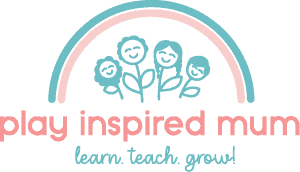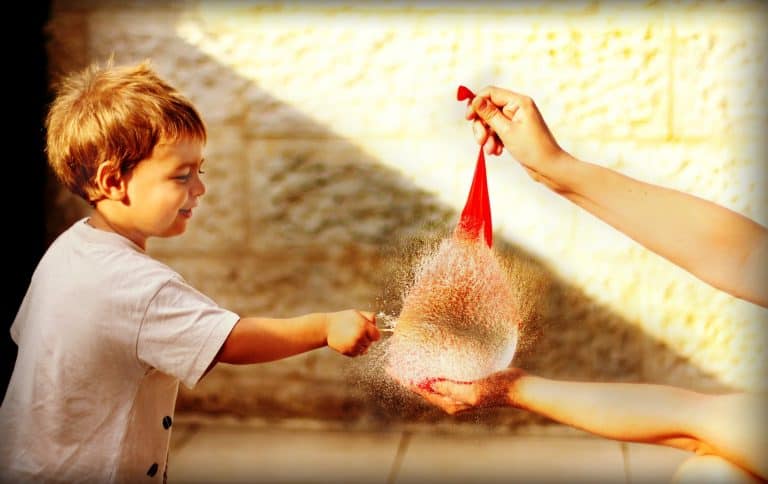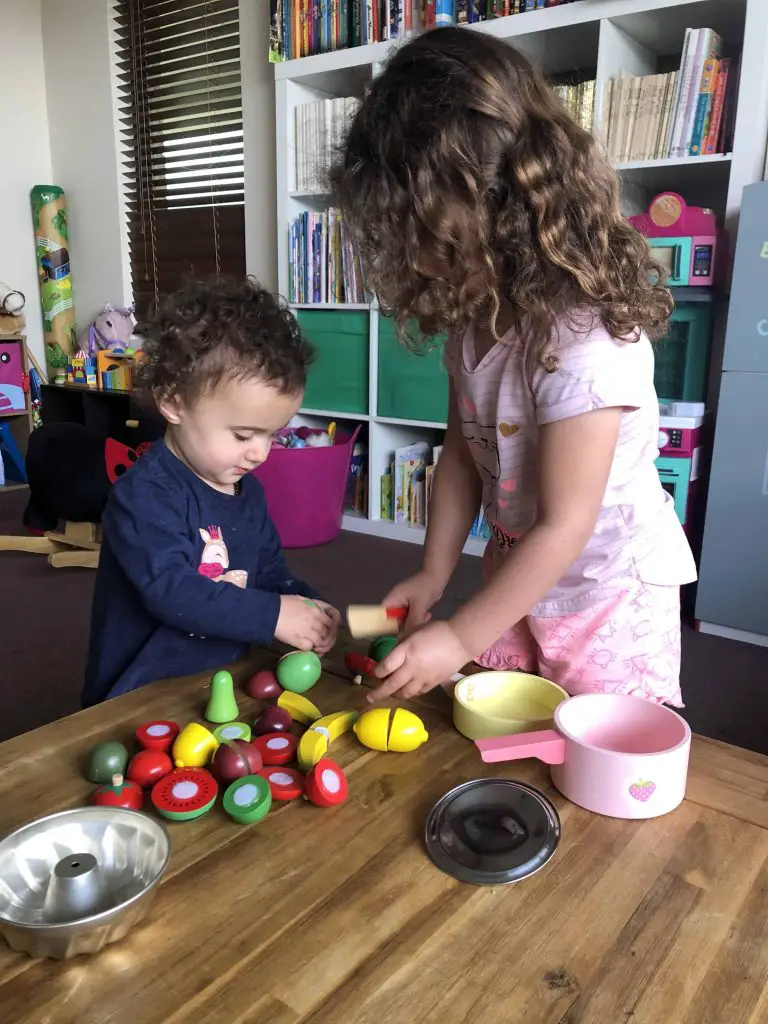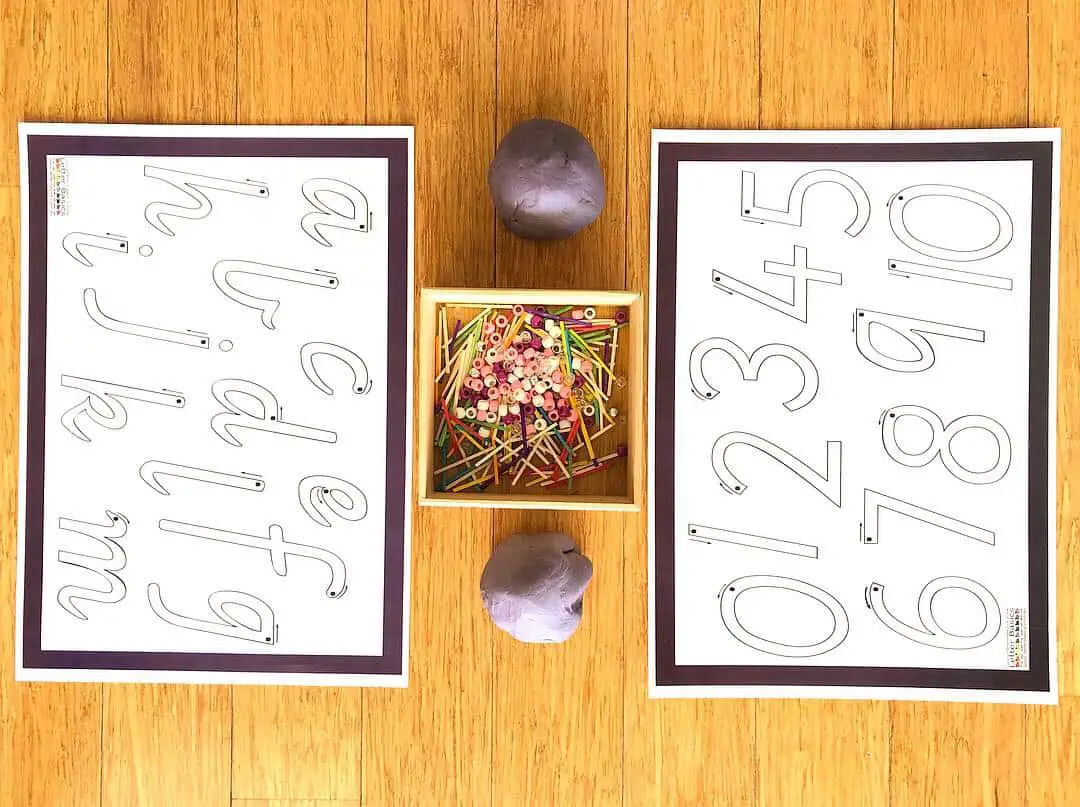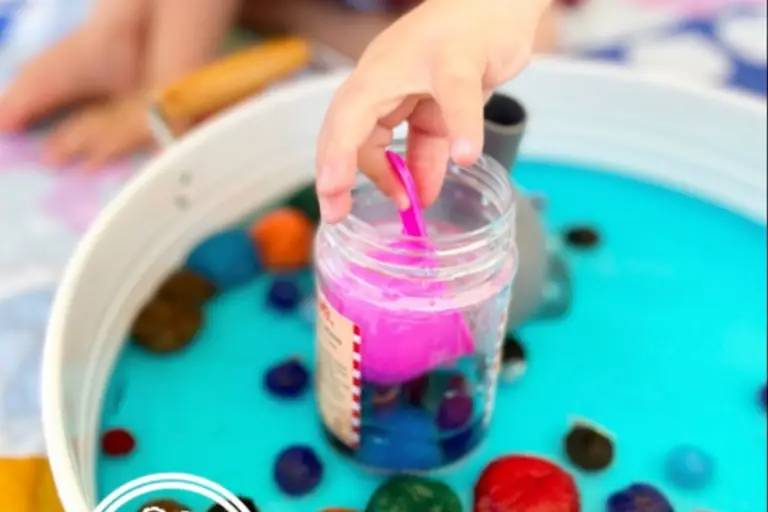A Parents Guide to Metalinguistics
Disclosure: This blog contains affiliate links which I may earn a small commission from if you purchase through them, at no extra cost to you.
This article is a parents guide to metalinguistics.
So your pre-primary kid has come home from school and said they are learning digraphs.
I remember when my oldest daughter did this to me.
Ummm… you’re learning about what exactly please?
Now, while she did love explaining what a digraph was, I have taken it upon myself to ensure that you are armed with this new language, that is metalinguistics, kids are learning at school these days.
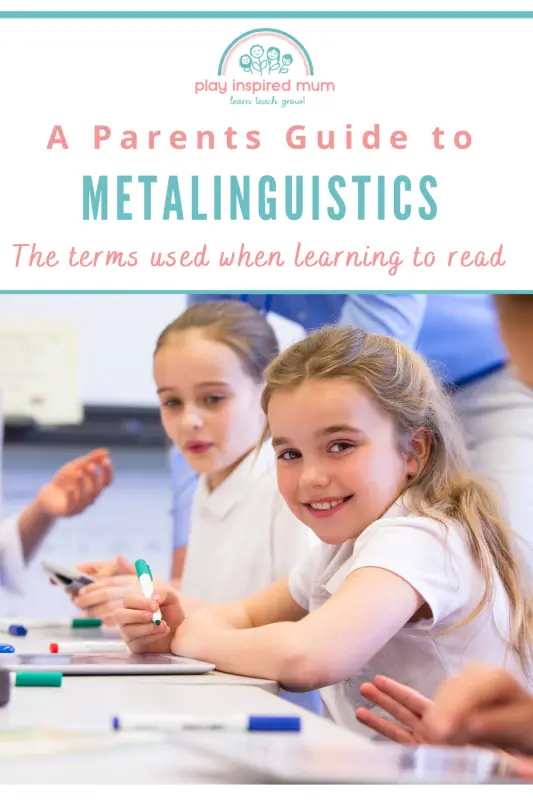
A Parents Guide to Metalinguistics
Going back more years than I am going to admit, I was excited to come home and tell Mum about the new two letter sounds I had learnt.
Fast forward to today and our kids are now using the proper terms to describe what they are learning.
Yup, gone are the ‘dumbed down’ kid talk terms of the 90’s and 00’s.
Today’s kids are being taught the real lingo from the get go.
So if you would like to keep up with what your kids are talking about when they are telling you about how they are learning to read and write… read on.
What is metalinguistics?
Metalinguistics is the terminology used to describe metalanguage.
Metalanguage is the language used to discuss language.
So essentially, metalinguistics are the terms or words used to describe or explain language.
Throughout this article we are discussing words that are placing language as an object.
Think of it as a language glossary.
Let’s get started.
What is a phonemes
Phoneme, what?
It’s okay – I got you!
Let’s break down these terms.
So when discussing phonemes, we are talking about the smallest unit of sound.
For example, in the word ‘hop’, there are three phonemes.
The letter ‘h’ has its own unique sound, as do the letter ‘o’, and the letter ‘p’.
From 26 letters in the alphabet, there are many more sounds represented by individual letters along with blends.
What is a phonic?
A phonic is a sound that can be represented by a written letter or combination of letters.
Phonics is the term used to describe the method in teaching how sounds can be represented by letters.
For example, the sound /ay/ can be represented by a, ey, ay, and eigh.
Cake.
Grey.
Tray.
Sleigh.
Graphemes
A grapheme is the written letter to represent a sound.
These can be a singular letters or multiple.
For example, in the word ‘math’, there are three graphemes when written.
m-a-th
The ‘m’ and the ‘a’ each represent a sound individually. The ‘th’ represents one sound or phoneme using two letters.
What is a digraph
A digraph is two letters that when joined create a phonic so two letters that together make one sound.
Some examples of digraphs include
- ou
- kn
- ow
- ch
- gn
- wr
- or
- au
- ay
- er
- ng
- wh
- ai
- th
- sh
- ck
- gh
- ph
Words with digraphs include
- Sail s / ai / l
- Bath b / a / th
- Goat g / oa / t
- Know kn /ow
- Food f / oo / d
- Crack c / r / a / ck

What is a trigraph
A trigraph is a group of three letters that create one sound.
Some examples of trigraphs include
- ear
- ewe
- owe
- ure
- tch
- igh
- air
- ore
- are
- aye
Words with trigraphs include
- Tear t / ear
- Fair f / air
- Stitch s/ t / i / tch
- Bore b / ore
- Stare s / t / are
- Sure s / ure
What is a Quadgraph
A quadgraph is a group of four letters that create a single sound.
Some examples of quadgraphs include
- eigh
- ough
- augh
- ngue
Words with quadgraphs include
- Laugh l / augh
- Tongue t / o / ngue
- Neigh n / eigh
- Cough c / ough
What is consonant?
Consonants are the non-vowel sounds made by restricting air from flowing out of the mouth with either lips, tongue, palate, or teeth.
For example, ‘p’ is made with pursed lips, the ‘r’ sound is made with the tongue lifted to the palate.
What is a vowel?
Vowel sounds are made with air moving from the mouth without closing or any restrictions made by the mouth or throat.
These include A, E, I, O, and U.
Sometimes Y can make both consonant and vowel sounds.
In ‘funny’ the ‘ y’ makes a vowel sound however in ‘yak’ the ‘y’ makes a consonant sound.
What is CVC word?
A CVC word is made of consonant, vowel, consonant.
Examples of these words would be hat, tip, rat, lop, and had.
Vowel sounds are always short sounds in CVC words.
CVCs can be read by blending single phoneme sounds sequentially.
h / a / t
Hat.
These words are simple to segment and blend.
CVCs are easy to decode for beginner readers making them perfect first words.
Read on to discover more about what this means.
What is meant by onset and rime?
One way to help children develop phonological awareness is by teaching them about onset and rime.
Onset refers to the initial consonant sound in a word.
Rime refers to the vowel and any following consonants.
For example, in the word hat
h-onset
at-rime
h-at
Using onset and rime allows for children to become more aware of sounds within words.
When teaching about onset and rime, it is important to use real words rather than made-up examples. This is because children are more likely to be able to apply what they learn to actual words that they come across.
This phonological awareness skill will extend to help them recognise common word families.
What is a word family?
One great way to help children become aware of the different sounds within words is by using word families.
A word family is a group of words that share the same vowel sound and following consonants – they rhyme.
For example, the word ‘bat’ is part of the bat family as it shares the same vowel sound (a) and following consonants (t).
Other words in the bat family include ‘mat’, ‘cat’, ‘rat’, and ‘pat’.
When teaching about word families, it is important to start with common words that children are likely to know.
This means that they will be able to understand how these words form part of a family and can begin to apply this idea to words they may come across later.
By developing these skills when learning to read and write children will be more equipped to decode new words.
What is a decodable word
Decodable words are those that can be sounded out.
They are words that sound the way they are spelled.
The can be sounded out using the letter – sound relationships that your child has learned.
What is a non-decodable word
Non-decodable words cannot be read by sounding them out.
They are also known as tricky words, high-frequency tricky words, and broken words.
Non-decodable words simply don’t follow the usual rules of phonics.
For example, the word pretty has a letter ‘e’ that makes the sound of the letter ‘i’.
If sounded out the ‘e’ would make an ‘eh’ sound, resulting in the improper pronunciation of the word.
We call these broken words to help children develop resilience to them.
When kids come across these words that don’t follow the usual rules of phonics, they can lose confidence or second guess their knowledge.
It is important to create an emphasis on the word being broken, not the child. Children can outsmart these words that are trying to trick them with perseverance.
Thats the basics sorted!
You now have the metalinguistics guide complete to add to your parenting toolkit
